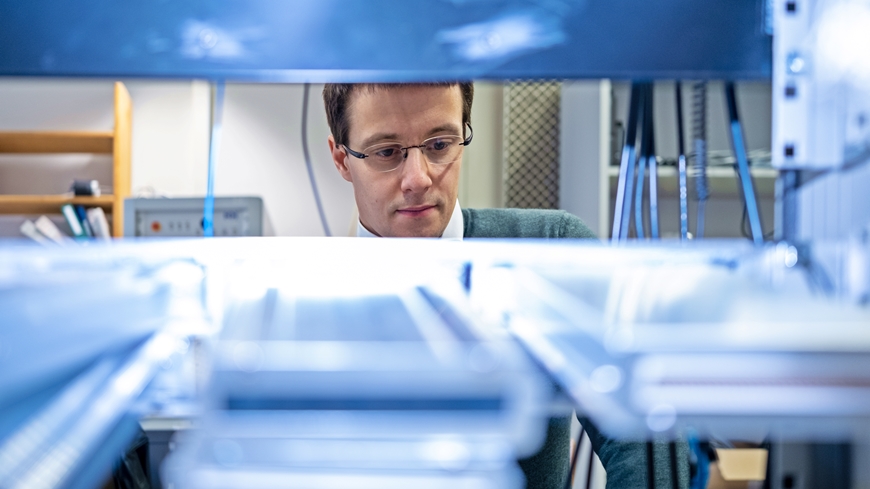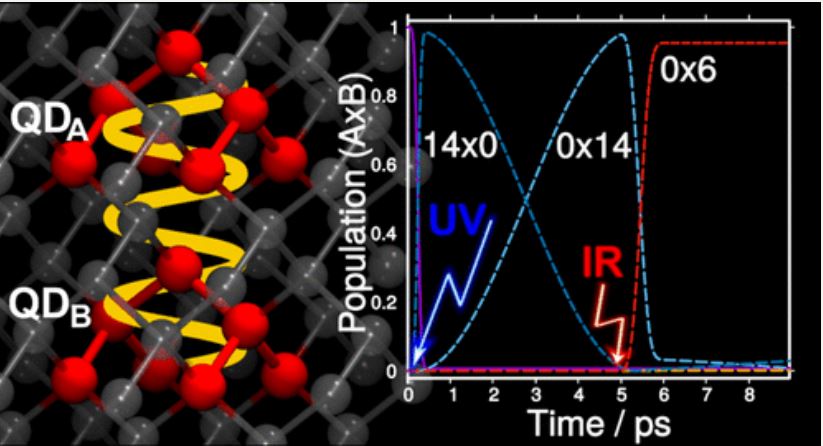
Model of Lieb’s ‘minimal’ ferrimagnetism with Kondo effect using a ‘T’ of quantum dots. Dr. Nishikawa at Osaka Metropolitan University focused on the Kondo effect on minimal ferrimagnetism and attempted to elucidate it theoretically. As a result, they found that the Kondo effect occurred via multiple “quantum entangled states” depending on temperature and other factors. They also found that the Kondo effect suppressed electrical conductivity through minimal ferrimagnetism, when usually it is amplified in many other cases.
Most people are not aware of magnetic forces in their everyday lives, but continuously rely on them in electric motors, hard drives, and electric sensors...
Read More








Recent Comments